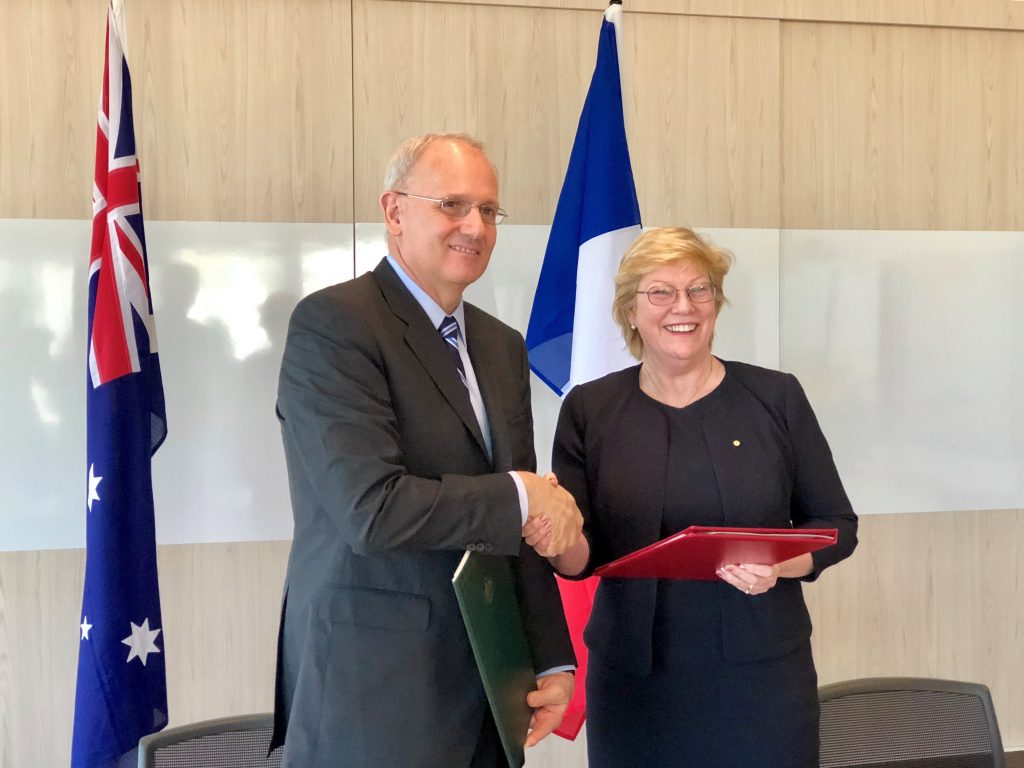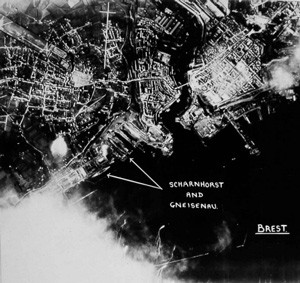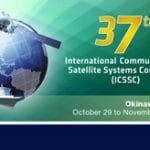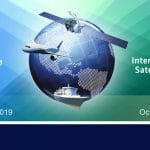Welcome to the Australian Space Agency!
The following is the very first Newsletter issued by the brand new Australian Space Agency
The Agency is keen to engage with individuals and businesses across the World so we would ask you to Subscribe to our Newsletter. After you have subscribed then please read and be inspired by this very first, historic newsletter …
|
|||||||||||
|
|||||||||||
|
|||||||||||
|

















